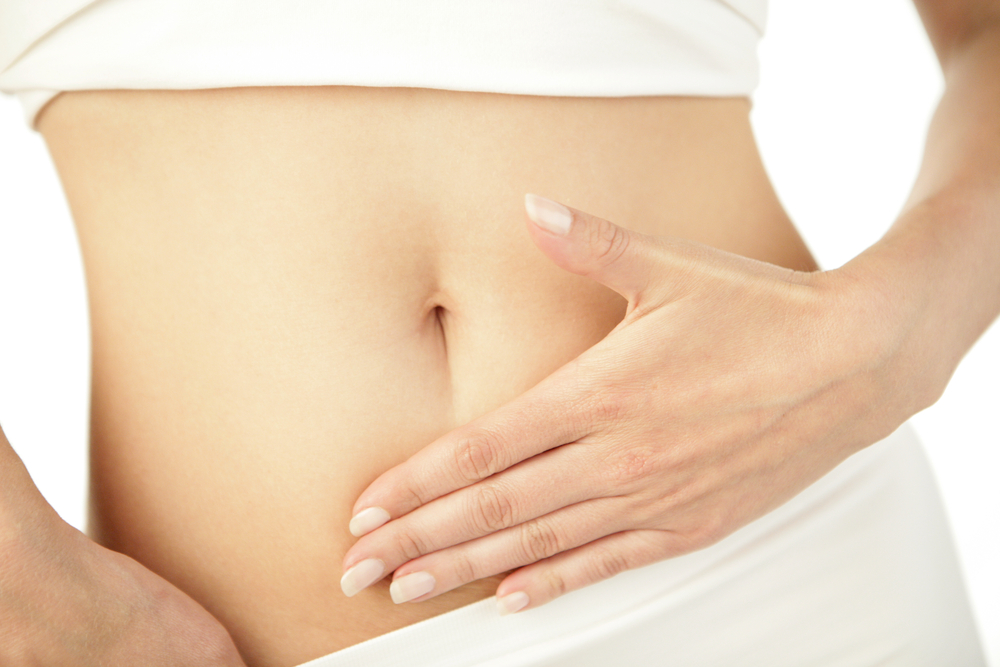Try Kegel Exercises for Urinary Incontinence, New Guidelines Say

Kegel exercises, bladder training and, in some cases, weight loss are effective ways to treat urinary incontinence in women, and should be tried before the use of drug treatments, according to new recommendations.
Urinary incontinence, or the involuntary release of urine, is a common problem that occurs in 44 to 57 percent of women ages 40 to 60, and 75 percent of women ages 75 and older, according to the guidelines, released by the American College of Physicians (ACP). The condition can cause embarrassment and emotional distress, and many women do not report their symptoms to their doctor, the ACP says.
The new guidelines review the benefits and risks of treatments for two types of urinary incontinence (UI): stress UI, or loss of urine that happens when laughing, coughing or sneezing; and urgency UI, or loss of urine after a sudden urge to urinate. [7 Embarrassing Health Problems]
For stress UI, the ACP recommends Kegel exercises, which are exercises to strengthen the pelvic floor muscles, or muscles that support the bladder, uterus, vagina and rectum. These are the muscles you would use to stop urination midstream, according to the Mayo Clinic.
Studies suggest that Kegel exercises are five times more effective as no treatment in improving UI symptoms in women with stress UI, the guidelines say. The ACP does not recommend drug treatments for women with stress UI, because these treatments have generally not been effective in treating the condition.
For women with urgency UI, the guidelines recommend bladder training, or attempting to urinate on a set schedule. Drug treatments are recommended for urgency UI only if bladder training does not work to improve symptoms, the ACP says. That's because drug treatments can cause side effects — including dry mouth, constipation, blurred vision, headache, insomnia and dizziness — which can make it difficult for patients to keep taking the medication.
"Physicians should utilize nondrug treatments as much as possible for urinary incontinence," Dr. David Fleming, president of the ACP, said in a statement. "Although various drugs can improve UI and provide complete continence, adverse effects often lead many patients to stop taking their medication."
Sign up for the Live Science daily newsletter now
Get the world’s most fascinating discoveries delivered straight to your inbox.
For women who have a combination of stress UI and urgency UI, the guidelines recommend Kegel exercises along with bladder training. For women who are obese, the ACP also recommends weight loss and exercise. The guidelines do not address surgical treatments, which may be an option in cases in which conservative treatments have not been effective.
"Urinary incontinence is a common problem for women that is often underreported and underdiagnosed," Fleming said. Because many women with UI don't tell their doctor about their symptoms, "physicians should take an active approach and ask specific questions," to see if their patients have UI symptoms that are bothering them.
The recommendations are published today (Sept. 15) in the journal Annals of Internal Medicine.
Some researchers have suggested the Kegel exercises can also help with achieving orgasm, but the evidence for this claim is mixed; some studies show the exercises by themselves don't help improve women's sexual function.
Follow Rachael Rettner @Rachael Rettner. Follow Live Science @livescience, Facebook & Google+. Original article on Live Science.

Rachael is a Live Science contributor, and was a former channel editor and senior writer for Live Science between 2010 and 2022. She has a master's degree in journalism from New York University's Science, Health and Environmental Reporting Program. She also holds a B.S. in molecular biology and an M.S. in biology from the University of California, San Diego. Her work has appeared in Scienceline, The Washington Post and Scientific American.
Scientists built largest brain 'connectome' to date by having a lab mouse watch 'The Matrix' and 'Star Wars'
Archaeologists may have discovered the birthplace of Alexander the Great's grandmother
Elusive neutrinos' mass just got halved — and it could mean physicists are close to solving a major cosmic mystery









